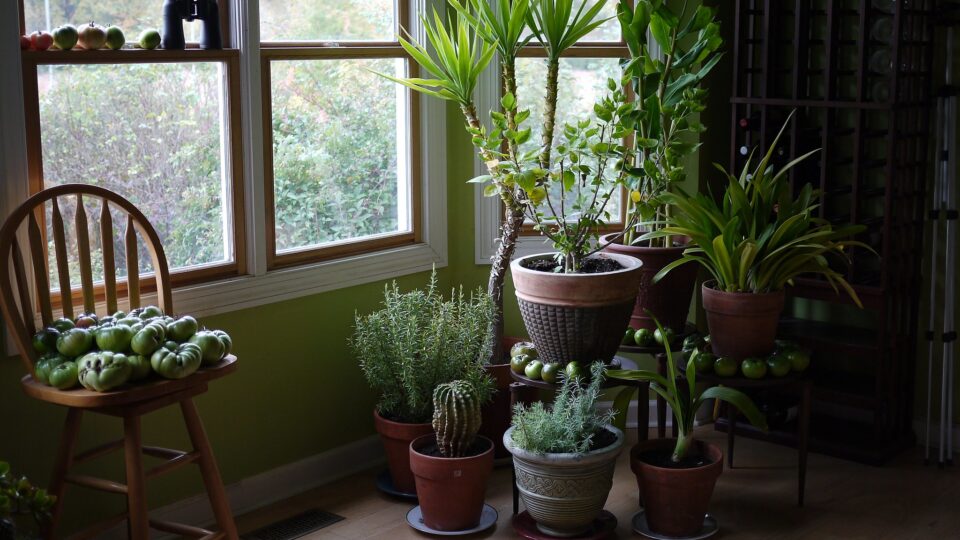The average American spends about 90% of their time indoors breathing the air in our workplaces, homes, or schools. The quality of this air affects our overall health and well- being. Indoor air quality is an issue because many sources can generate toxic materials, including building materials, carpets, and more. But high levels of carbon dioxide are a health hazard themselves. Indoor CO2 levels can often be 5 to 10 times higher than the already heightened levels in the atmosphere.
Many of us make use of air purification systems, which can be expensive, cumbersome, and require frequent cleaning and filter replacements.
Researchers at Binghamton University in New York are working to develop artificial plants that consume carbon dioxide, give off oxygen, and, as a bonus, generate a little electricity. These artificial plants make use of the artificial light in the indoor environment to drive photosynthesis. They achieve a 90% reduction in carbon dioxide levels, which is far more than natural plants can achieve.
The Binghamton researchers had been working on bacteria-powered biobatteries for various applications, but they repurposed the work into a new idea for artificial plants. The artificial plants have “leaves” containing a biological solar cell and photosynthetic bacteria. Their first plant had five leaves and demonstrated promising carbon dioxide capture rates and oxygen generation. It also produced a little electricity. If its generating capacity can be improved, it might also be useful for charging cell phones or other practical applications.
**********
Web Links
Binghamton researchers develop artificial plants that purify indoor air, generate electricity
Photo, posted October 13, 2012, courtesy of F. D. Richards via Flickr.
Earth Wise is a production of WAMC Northeast Public Radio



